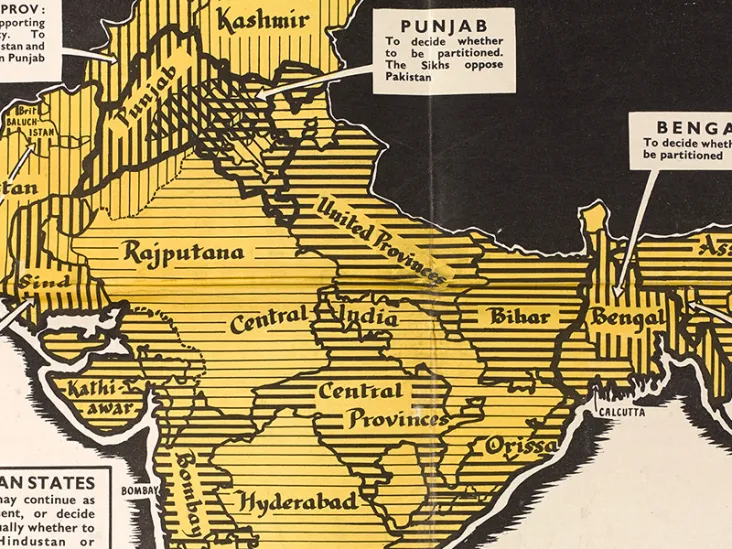Indian Army
Explore Indian Army stories
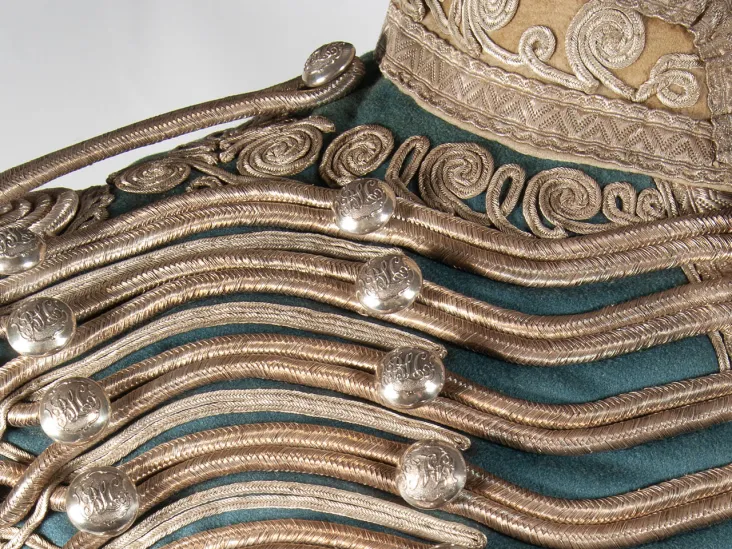
Wool, wax and whalebone: Preparing a uniform for display
explore this story
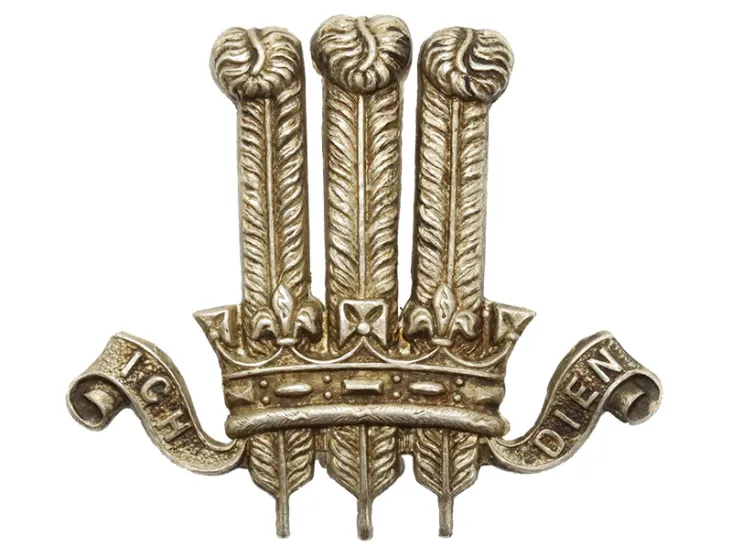
2nd King Edward VII’s Own Gurkha Rifles (The Sirmoor Rifles)
explore this story
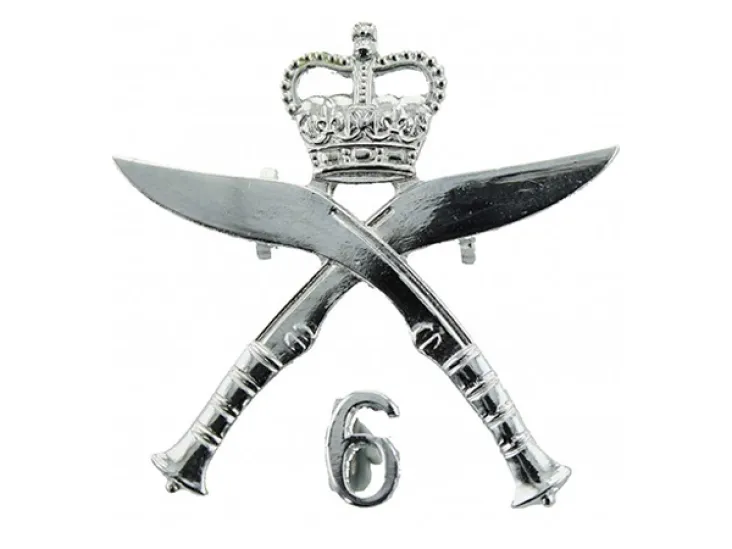
6th Queen Elizabeth’s Own Gurkha Rifles
explore this story
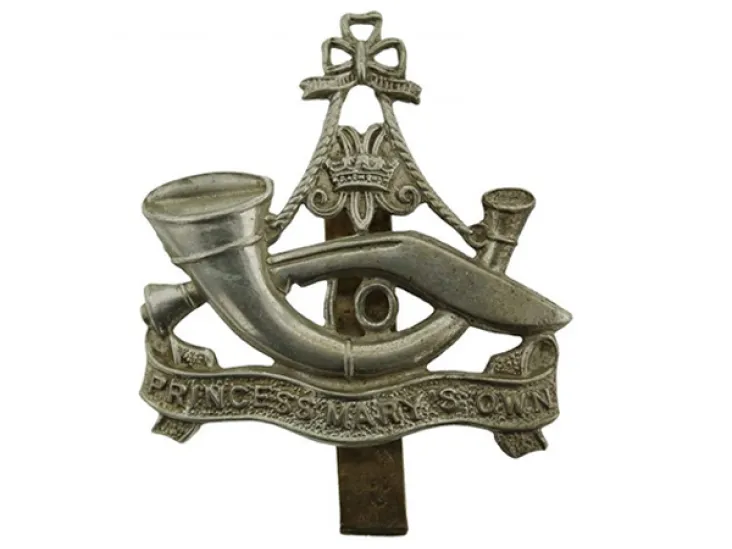
10th Princess Mary’s Own Gurkha Rifles
explore this story
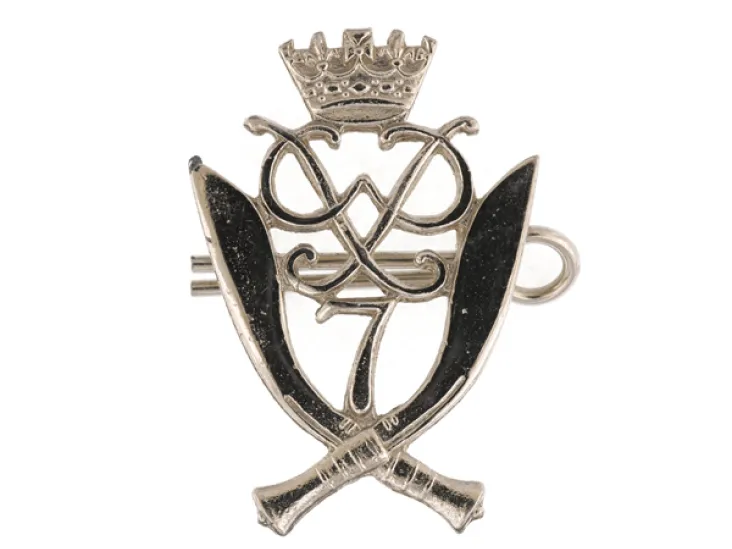
7th Duke of Edinburgh’s Own Gurkha Rifles
explore this story
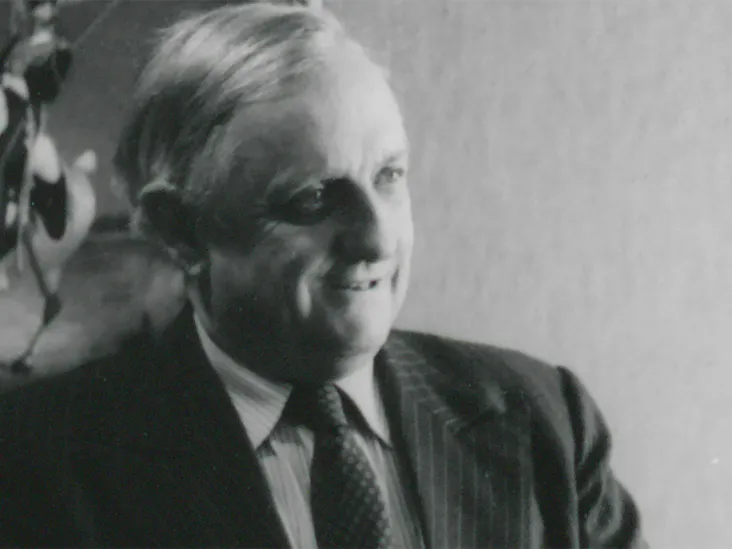
Field Marshal Sir John Chapple
explore this story
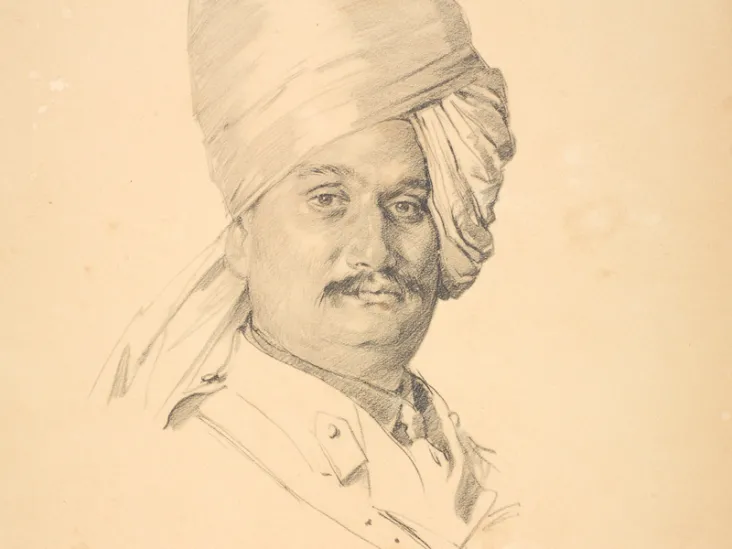
Paul Sarrut: Interpreting the Army on the Western Front
explore this story
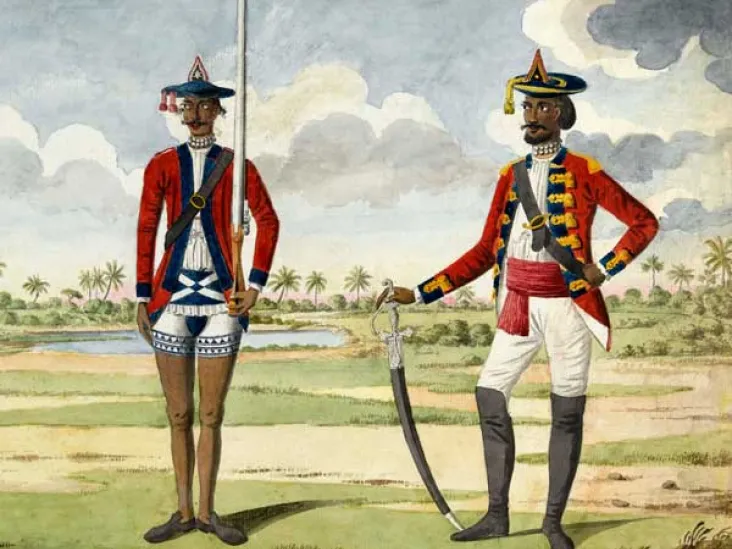
Armies of the East India Company
explore this story

Second Sikh War
explore this story
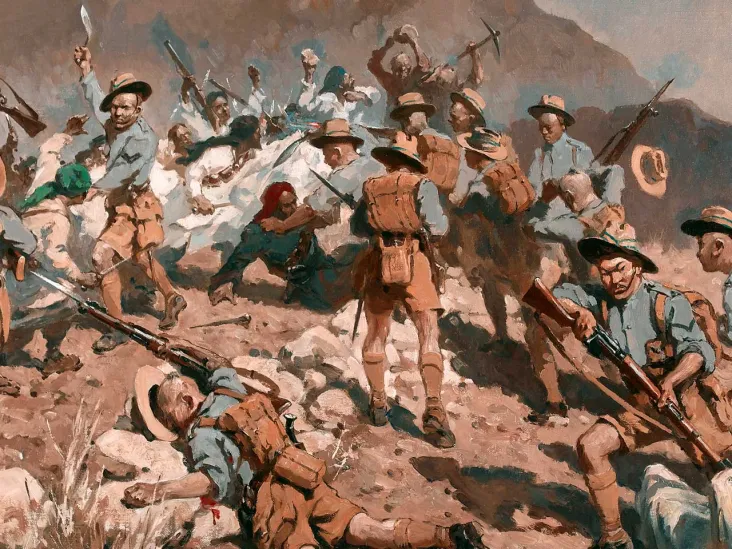
The North-West Frontier
explore this story
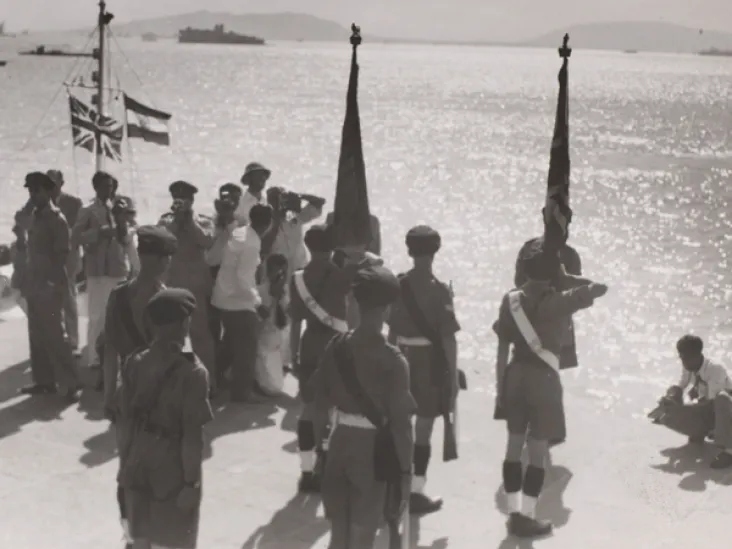
Independence and Partition, 1947
explore this story
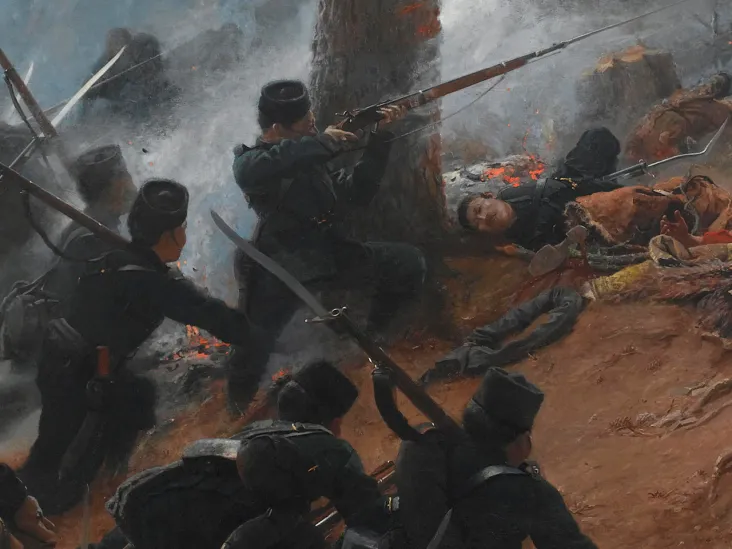
The Gurkhas
explore this story
Explore Indian Army events
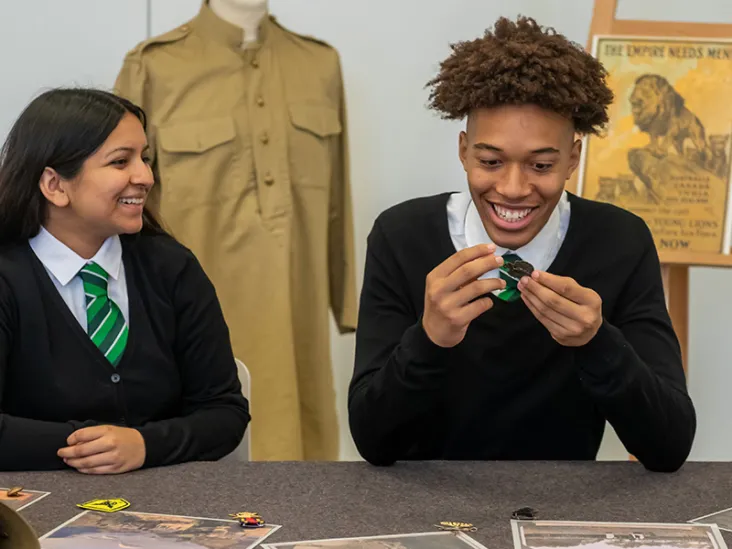
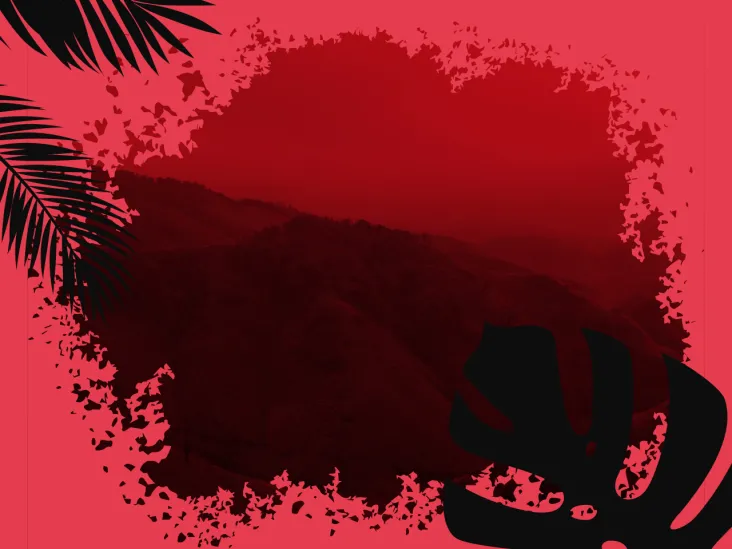
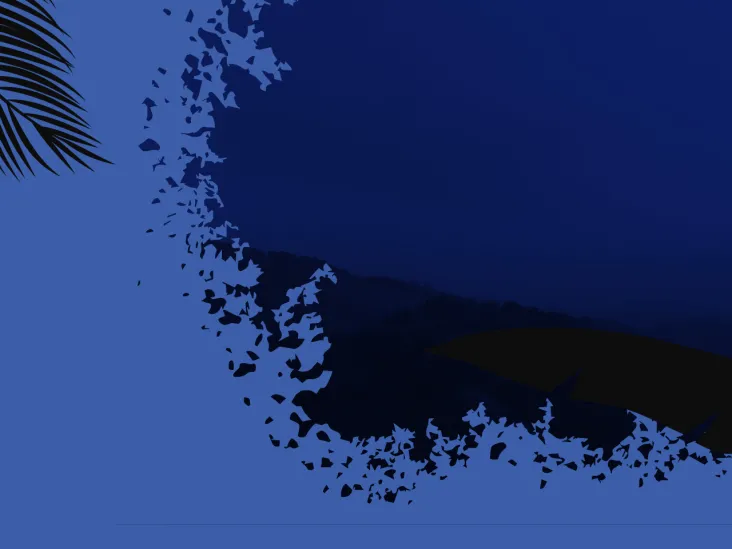
Sold Out
Explore Indian Army learning resources
